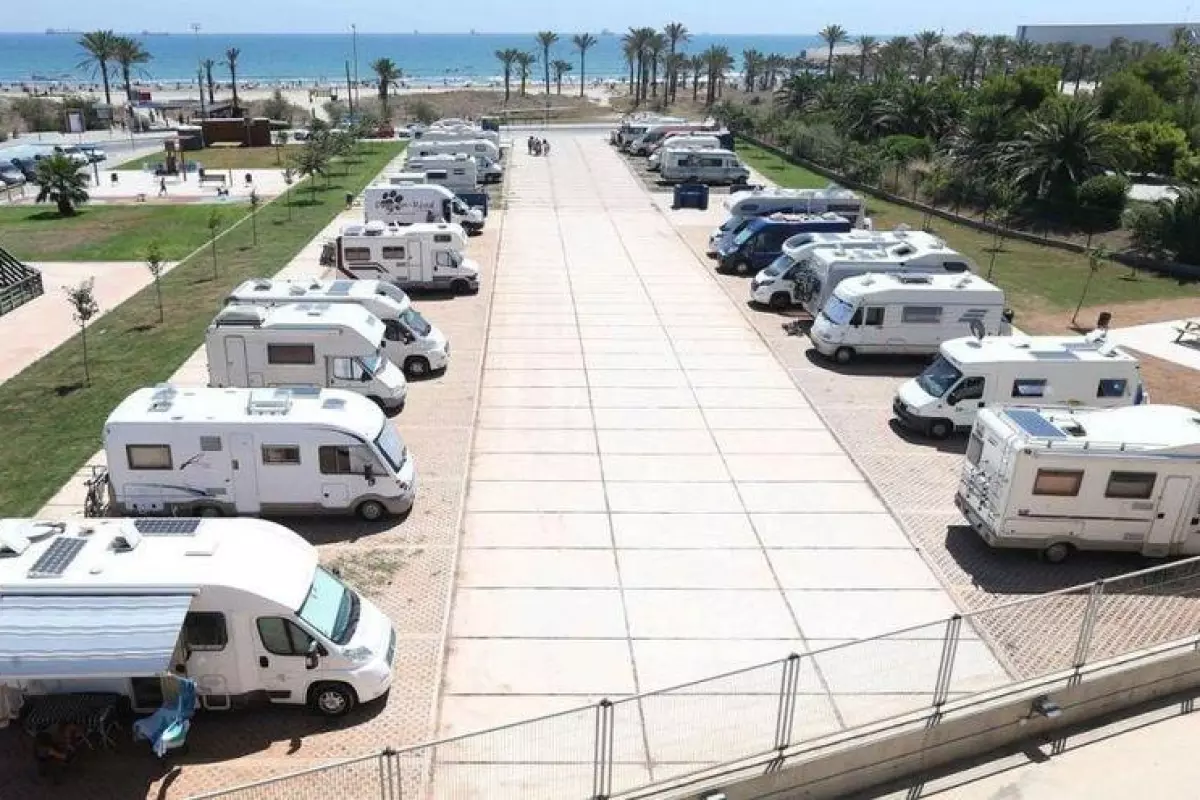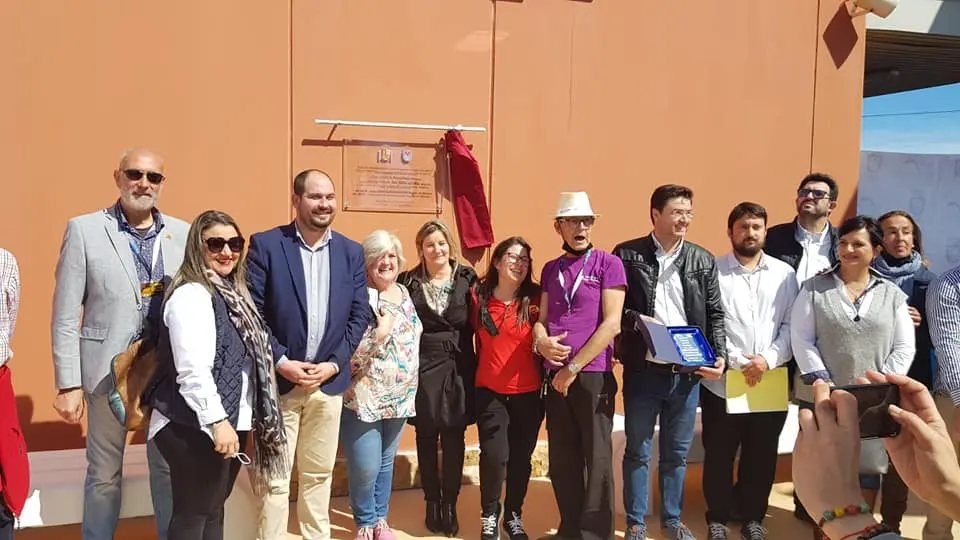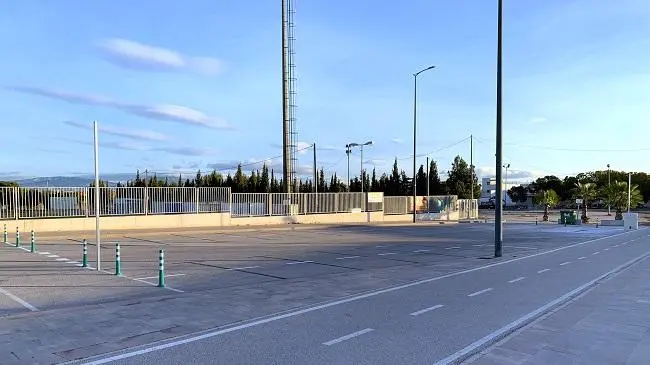Castellón joins the trend of motorhomes with the emergence of new dedicated areas to serve enthusiasts of this form of tourism. It's one of the sectors with the greatest future potential and, consequently, high demand to meet.
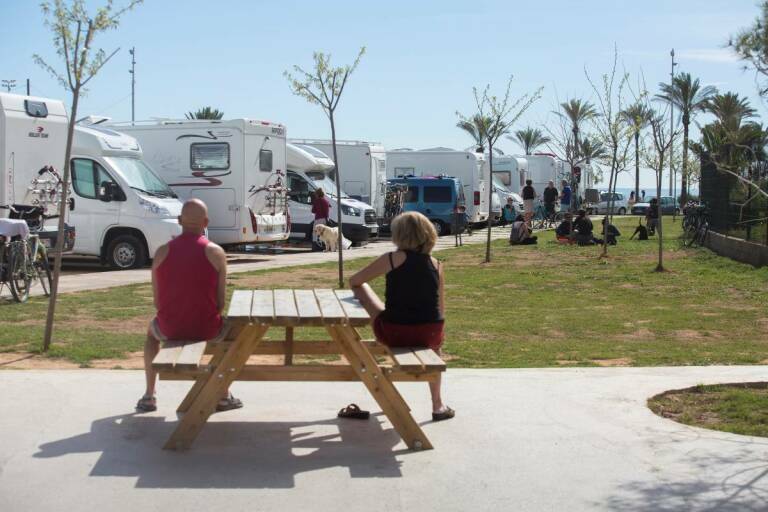
Every year, more than 200,000 motorhomes and campers arrive in Spain from Europe, and one of their preferred destinations is the Mediterranean coastal region, especially during the autumn-winter months when Northern European travelers escape the cold.
In recent years, the offering of tailored spaces for caravan stays in the inland regions of Castellón has grown exponentially. Both government and private initiatives have embraced this growth, although there's much to be done since focus on caravaning is limited, despite much talk about deseasonalization. In the words of Fabrizzio Muzzati, CEO of Aquiestoy Caravaning, a company specializing in the creation and promotion of service areas for motorhomes, "the only form of tourism that can be enjoyed year-round is motorhome tourism."
The first public motorhome service area was inaugurated in Morella in 2005. Ten years later, there were only five parking and overnight spots in the province. However, today, after a few years and amidst a pandemic, the Castellón regions boast 33 areas for motorhomes (excluding campgrounds), of which 20 are situated in inland municipalities. Muzzati argues that promoting these areas in rural zones enhances the value of the inner regions, allowing parallel routes to the coast and highlighting their tourist potential.
A program that has bolstered the sector in rural municipalities is "Punt nets" by l'Agència Valenciana Antidespoblament. To date, it has subsidized the adaptation of areas for motorhomes in around 70 rural municipalities in the Valencian Community, more than 30 of which are in the province of Castellón. This facilitates the emptying of wastewater and the filling of clean water at eco-friendly emptying points, in addition to parking. Jeannette Segarra, Director General of the Agencia Valenciana Antidespoblament (AVANT), highlights that this revitalizes the economy of inner towns and improves tourism facilities.
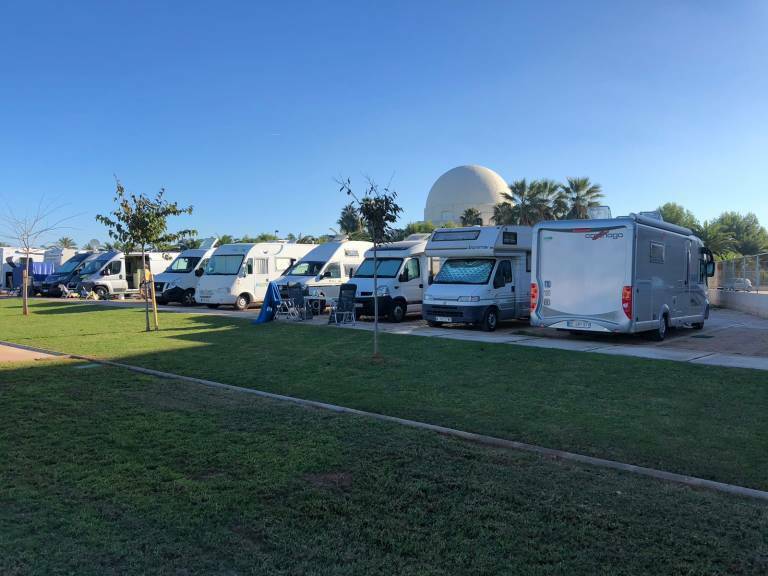
Municipalities with motorhome areas are experiencing success with this initiative. This is confirmed by Adolf Sanmartí, Mayor of Cervera del Maestre, one of the first towns with a service and parking point for caravans. "We have visitors year-round, except for July and August. The area is always full; we even had to expand it to accommodate 8 spaces." According to him, it has been a success that has placed Cervera on the motorhome tourism map, benefiting local businesses as well.
Fabrizzio Muzzati, CEO of Aquiestoy Caravaning, confirms that "the 'punts nets' are highly valued and attractive to inland municipalities, attracting high-spending foreign tourists who spend between 80 and 120 euros per person per day." Being part of this network is important for municipalities, as the parking area locations are featured in apps followed by motorhome travelers, positioning municipalities on the radar.
During the autumn-winter months, motorhome and camper travelers tend to be retirees with no work or family obligations, although some couples also choose these dates. Nationalities that frequent the Mediterranean corridor include France, Germany, the Netherlands, Switzerland, Belgium, and Great Britain. These tourists seek tranquility, explore the natural and architectural heritage of the area, engage in mountain biking, and use sports facilities.
Motorhome tourism is aligned with sustainable development, and attracting these tourists is an important challenge for the sector. According to Fabrizzio Muzzati, around 100,000 caravans will arrive in Spain and Portugal this autumn and winter. Although the preference for Spain and Portugal is clear, there's still a deficit of motorhome areas. According to the Spanish Caravaning Industry and Commerce Association (Aseicar), Spain needs at least 2,000 more areas to meet the demand.
The network of 'punts nets' in Castellón creates a parallel route to the coast that promotes the presence of caravaning enthusiasts in the interior. This network will soon expand with new areas in municipalities that have received grants from AVANT in 2023. Among these is the recently opened Camper Vilafamés camping area, offering a total of 20 spaces.
 Inglés
Inglés  Español
Español 
